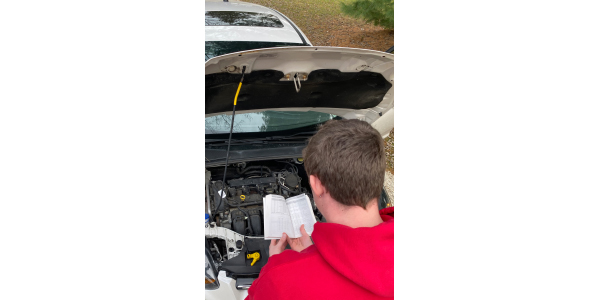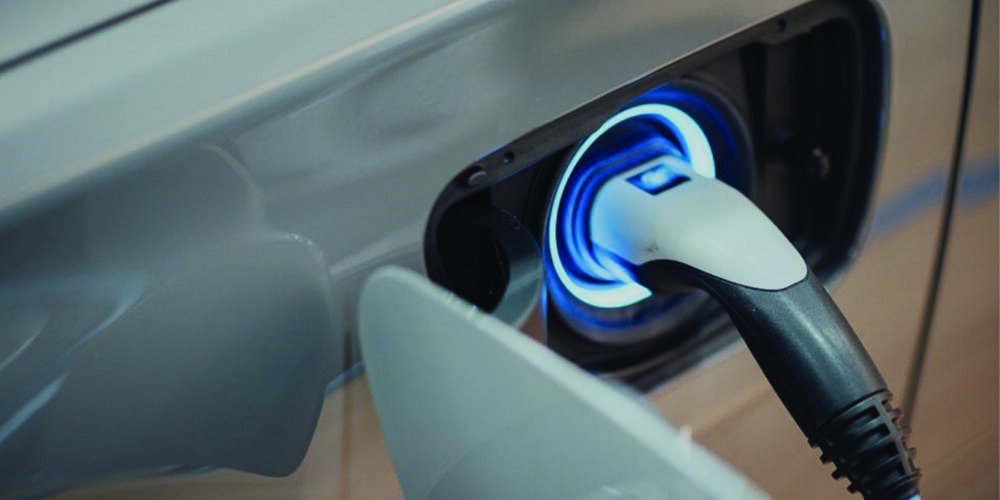What You Don’t Know CAN Hurt You
There are two clichés that have no place in auto repair. “What you don’t know won’t hurt you” and “Ignorance is bliss.” The fact is, what you don’t know may not hurt you, but it might hurt your customer – at the very least, it can kill your bottom line. This month, let’s revisit a couple key elements of your repair process.
Let’s start with the advisor doing the interview and write up. One of the things that savvy advisors have begun to do is take a quick look at seemingly common procedures and make sure that the shop is service-ready when the vehicle actually arrives.
What is “service-ready?” This phrase came from our friends at Toyota and, in a nutshell, it means you are equipped with the tools, knowledge and intellectual resources necessary to perform a repair prior to the vehicle arriving.
This means we are not learning on the clock. It could mean we are using some “just in time” resources when it comes to procedures and specifications. It means we have actually connected the scan tool to make sure it has the current version of software and will, in fact, work when called upon.

Things Have Changed
When I started in this business it was a standard procedure to go out with a customer to listen, sniff, peruse and test drive a vehicle. The result: usually a diagnosis leading to a repair. That evolved into a need to invest real diagnostic time using tools with the right training – there is that service-ready thing again – to get to an answer that would lead to a successful repair.
I would suggest to you that we have now eclipsed that level of preparation, and that every procedure on a vehicle could now contain additional steps, safety requirements, special tool needs or just plain new procedures. As a result, we need to revisit what we consider to be the duties of a technician.
Technicians need to review every single procedure the first time they perform it even before they connect a scan tool – if the key is already on, for example, with some tools you will have a multitude of potential issues depending on the brand.
Same goes for simple things like adjusting a park brake – “Hey, there is no cable! There is a motor-thingy on this one! “
And let’s not even get started on your opportunities to buy new engines over misapplication of oil.
I know what you’re thinking – that sounds like a couple of wasted hours a day. Maybe. Labor guides have not caught up and probably won’t. When a time study is performed it is assumed the technician already knows the process. It is high time to pay technicians for reasonable time to review the procedure. It may also be a good time to teach technicians the tricks engineers, doctors and lawyers use to scan through a document and quickly identify things that are out of the ordinary so they can give them a deeper read.
Mama Always Said, You Get A Better Job If You Read Good.
Another skill technicians need is discernment. Call it “separating the wheat from the chaff” from a service information perspective. Some third-party resources attempt to reuse information from a previous year or across an entire platform rather than publishing the specific document from the automaker. This can provide the wrong answer. These errors may not be obvious until you dig a little deeper and look at several sources – and who’s got time for that? Many third-party providers are using OE info and just reorganizing it so the user interface is common. Ask your provider what its policy is.
Sometimes, however, the best information is free if you can don your Lara Croft/Indiana Jones alter ego and go get it in the glovebox. Here is an actual example of my treasure hunting skill.
The procedure to update a Ford Sync 2 APIM’s (audio interface) software with the scan tool is a major undertaking that involves a very hard to find USB cable.
OR, you could dig through the jungle of flyers, sales documents, expired registrations and – Hey, did you know you have your title in the glove box? – to find the owner’s manual. I once found cocaine in a customer’s glove box, but I digress.
In the manual there is a note that says you can go to syncmyride.com (replaced by Ford twice now but that one will link out) and download the files onto a USB stick and let the center stack update itself.

In our flat-rate, slowly moving-to-hourly, world we need to rethink and retool our processes to fit the sophistication of the vehicles we are servicing. A customer will probably not give you a hard time about a few bucks to confirm the repair procedures are appropriate for their specific vehicle. If they are, you can easily explain that their Forester came in 6 different packages.
One thing is for sure, however. They WILL give you a hard time if you blow it and something goes wrong.














